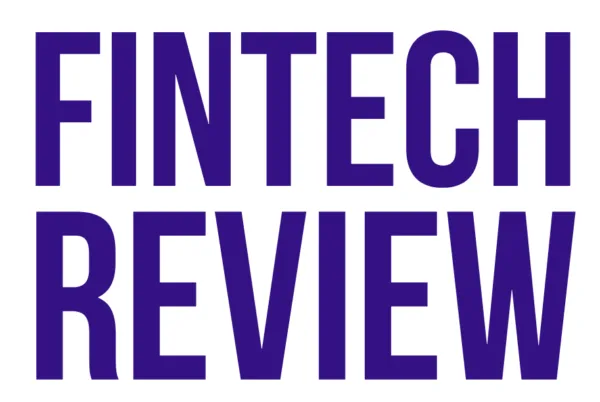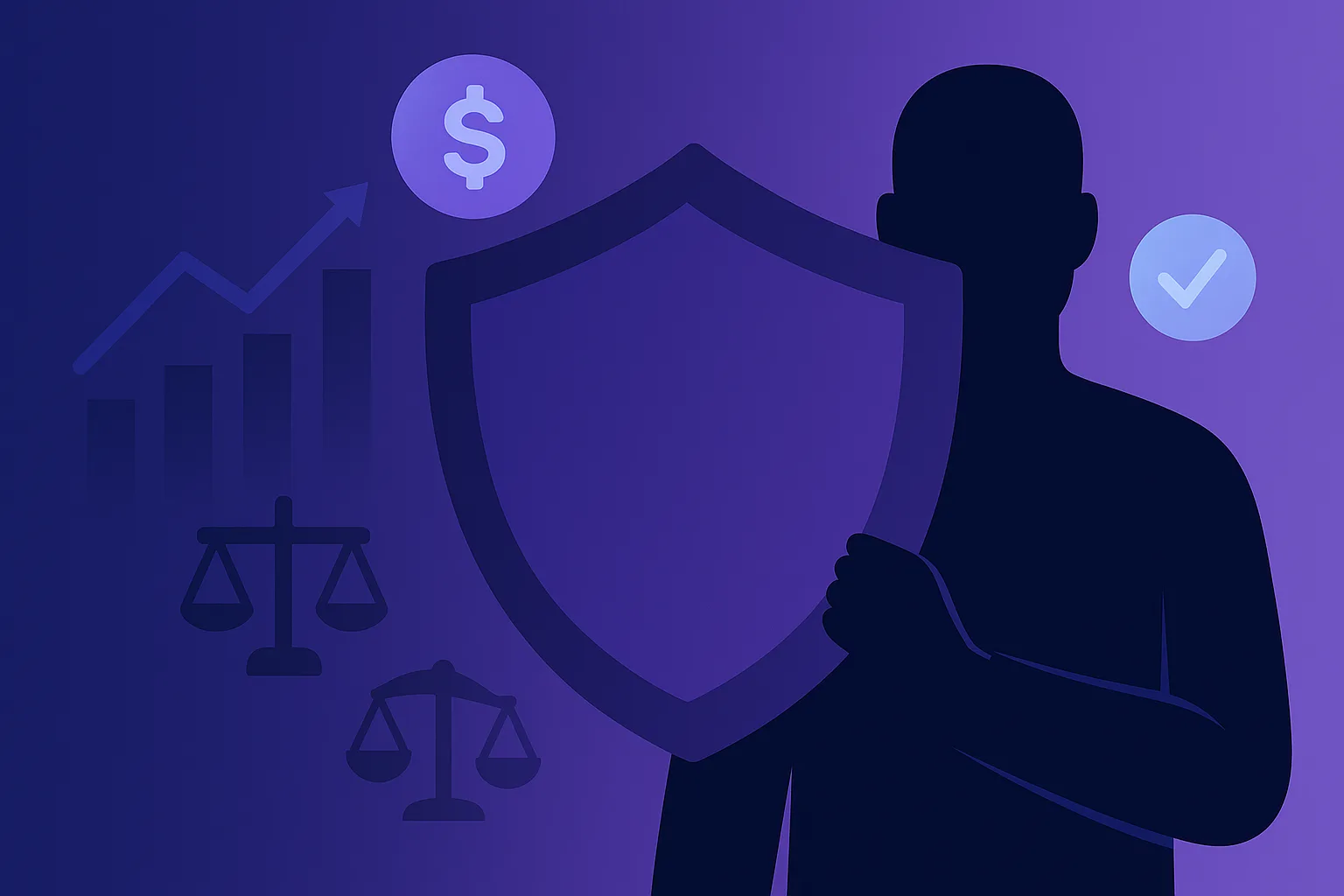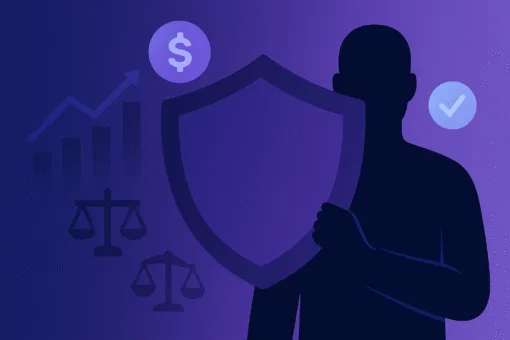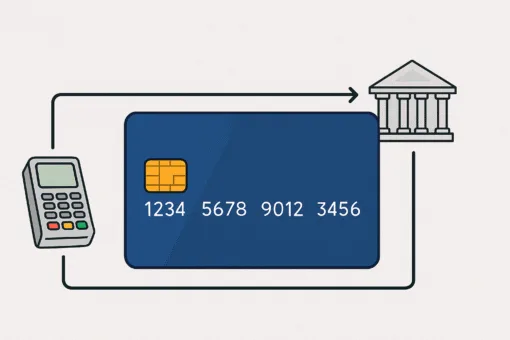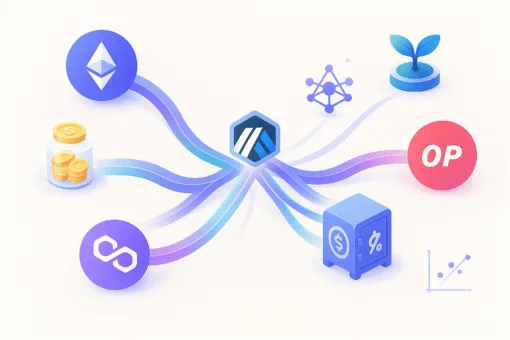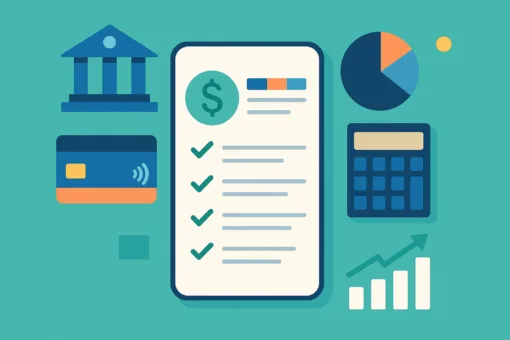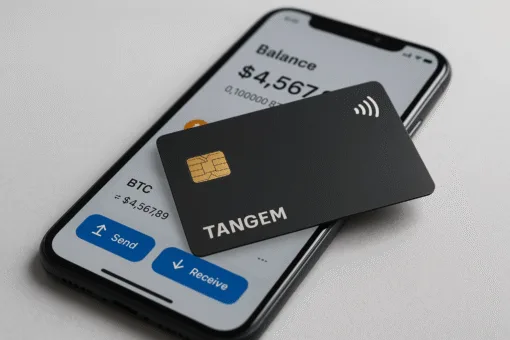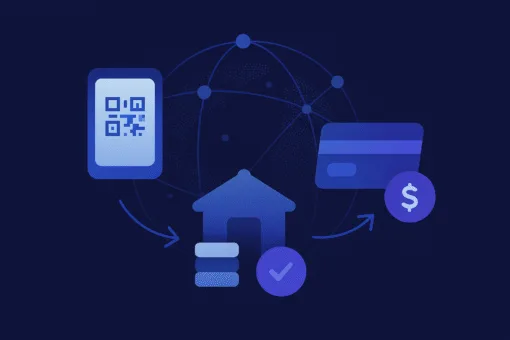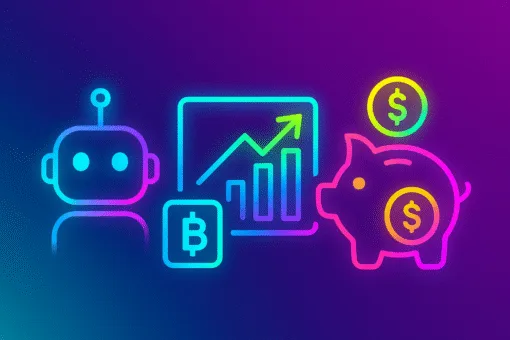Consumer protection in finance has always been a delicate balancing act. On one side, financial institutions pursue profit and innovation. On the other, consumers need safety, transparency, and fair treatment. The clash between these priorities has shaped regulations, lawsuits, and even financial crises. Yet the question remains: who really cares about consumer protection in finance?
For some, it is the job of governments and regulators. For others, the responsibility lies with banks and fintechs themselves. Increasingly, consumers are also expected to be vigilant, armed with financial literacy. We explore what consumer protection really mean, why it matters, who is responsible, and how it has been evolving over the years.
What is Consumer Protection in Finance?
Finance underpins daily life. Bank accounts, loans, mortgages, insurance, and investments affect almost everyone. When consumers are misled, overcharged, or exposed to risks they cannot understand, the consequences can be severe. The 2008 financial crisis exposed the dangers of predatory lending and opaque financial products. Millions lost homes, jobs, and savings because protections were inadequate.
Consumer protection ensures fairness. It aims to prevent exploitation, ensure transparency, and maintain confidence in financial systems. Without it, trust erodes, leading people to withdraw savings, stop investing, or abandon formal finance altogether.
For emerging fintechs, protection is just as important. Innovation without safeguards risks consumer harm, which can trigger backlash and regulatory crackdowns. In other words, consumer protection is not only ethical but also essential for sustainable growth.
The Foundations of Consumer Protection

Consumer protection in finance is built around three core principles:
- Transparency: Consumers must understand the costs, risks, and terms of financial products. Hidden fees and complex contracts undermine informed decision-making.
- Fair treatment: Financial institutions must avoid discrimination, abusive practices, and misleading advertising. Consumers should be treated as partners, not prey.
- Safety and recourse: When things go wrong, consumers need systems for dispute resolution, compensation, and fraud protection.
These principles are reflected in regulations worldwide. In the U.S., agencies like the Consumer Financial Protection Bureau (CFPB) enforce laws on credit cards, mortgages, and payday loans. In Europe, directives such as MiFID II and PSD2 impose strict rules on disclosures and consumer rights.
Who Protects Consumers?
The responsibility for consumer protection is shared, but not always equally.
- Governments and regulators: Agencies set rules, monitor markets, and enforce compliance. They issue fines, revoke licenses, and act as watchdogs.
- Financial institutions: Banks, insurers, and fintechs are expected to build protection into products. This includes clear disclosures, ethical lending, and fraud safeguards.
- Industry bodies: Trade groups and rating agencies sometimes provide codes of conduct or best-practice frameworks.
- Consumers themselves: Financial literacy campaigns encourage people to read contracts, compare offers, and recognize risks.
Yet gaps remain. Regulators often lag behind innovation, institutions sometimes push the limits of legality, and consumers are not always equipped to defend themselves.
| Role | Regulators | Financial Institutions | Consumers |
|---|---|---|---|
| Primary Responsibility | Set rules and enforce laws | Design fair and transparent products | Make informed financial decisions |
| Key Activities | Supervision, audits, penalties | Clear disclosures, fraud prevention | Read terms, compare options, report fraud |
| Examples | CFPB, FCA, ECB | Banks, fintechs, insurers | Everyday users, borrowers, investors |
| Challenges | Keeping pace with innovation | Balancing profit and protection | Limited time, low financial literacy |
Case Study: The 2008 Financial Crisis

No discussion of consumer protection is complete without the 2008 crisis. Mortgage lenders in the U.S. offered loans to borrowers with poor credit histories, often with misleading terms. These subprime mortgages were bundled into complex securities, sold globally, and poorly understood.
When defaults surged, the system collapsed. Consumers were left with foreclosures, ruined credit, and destroyed savings. Regulators were criticized for failing to act. Banks were accused of predatory lending and reckless risk-taking. Consumers bore the heaviest burden.
The crisis led to sweeping reforms. In the U.S., the CFPB was created to protect borrowers from abusive practices. Globally, regulators tightened oversight of banks and financial products. The lesson was clear: consumer protection is not optional, it is critical.
Fintech and New Risks
Fintech has transformed consumer finance, but it has also introduced new risks.
- Buy now, pay later (BNPL): Services like Affirm and Klarna make installment payments easy, but they can encourage overspending and hidden debt accumulation.
- Robo-advisors: Automated investment platforms promise low-cost advice, but consumers may not understand the risks of market downturns.
- Crypto platforms: Exchanges and wallets expose users to volatility, hacks, and scams. Many consumers do not realize that deposits are not insured like bank accounts.
- Data privacy: Fintech apps collect massive amounts of personal data. Breaches or misuse can have long-term consequences.
These innovations bring convenience, but they also test the boundaries of existing regulations. Consumer protection in fintech requires not just applying old rules but creating new frameworks.
Do Consumers Really Care?

An interesting paradox exists: while consumer protection is vital, many individuals underestimate its importance until harm occurs. Surveys show that most people rarely read terms and conditions. Others choose financial products based on convenience or branding rather than safety.
This does not mean consumers do not care. It often reflects information overload and lack of time. Financial products are complex, and most people assume regulators or institutions have ensured basic fairness. When that assumption fails, outrage follows.
The truth is that consumer protection is often invisible when it works. People only notice it when it fails.
The Role of Trust
At its core, consumer protection is about trust. People deposit money in banks because they believe it is safe. They buy insurance because they expect claims to be honored. They invest because they trust markets are reasonably fair.
When protection mechanisms fail, trust collapses. Scandals such as the Wells Fargo fake accounts case show how quickly reputations can unravel. In fintech, a single data breach can drive customers away. Trust is hard to build and easy to lose, which is why consumer protection must be embedded at every level.
Global Approaches to Protection

Different countries approach consumer protection in different ways:
- United States: The CFPB, Federal Reserve, and other agencies oversee consumer products. Enforcement tends to be reactive, with large fines for violations.
- European Union: Directives like MiFID II and GDPR emphasize transparency and data rights. Consumer protection is integrated into broader frameworks.
- United Kingdom: The Financial Conduct Authority (FCA) requires a “fair treatment of customers” principle, focusing on outcomes rather than just compliance.
- Developing countries: Many rely on mobile money systems, where regulators must balance inclusion with safety. Consumer protection often lags, leading to higher risks of fraud and abuse.
This variety shows that while consumer protection is a universal concern, the implementation reflects local priorities and capacities.
Industry Self-Regulation
Some argue that consumer protection should not rely solely on governments. Industry self-regulation can play a role. Codes of conduct, voluntary standards, and certification schemes can help. For example, fintech associations often publish best practices on data privacy or lending transparency.
However, self-regulation has limits. Companies have incentives to prioritize profits, and without enforcement, standards can become mere marketing. True protection usually requires a mix of regulation and accountability mechanisms.
Technology as a Protector

Technology can itself enhance consumer protection. Artificial intelligence helps detect fraud in real time. Blockchain creates transparent transaction records. Open banking frameworks allow consumers to control how their data is shared.
These tools make financial systems safer, but they also require oversight. Algorithms can be biased, blockchains can be exploited, and open banking can expose consumers to new forms of risk. Technology is not a substitute for regulation but a partner in protection.
Who Cares the Most?
So, who really cares about consumer protection? The answer is layered.
- Regulators care because their legitimacy depends on protecting citizens.
- Financial institutions care when their reputation and survival depend on trust.
- Consumers care when they are directly affected, though often less proactively.
- Society as a whole cares because financial crises affect everyone.
In practice, everyone cares, but not always equally and not always at the same time.
The Future of Consumer Protection
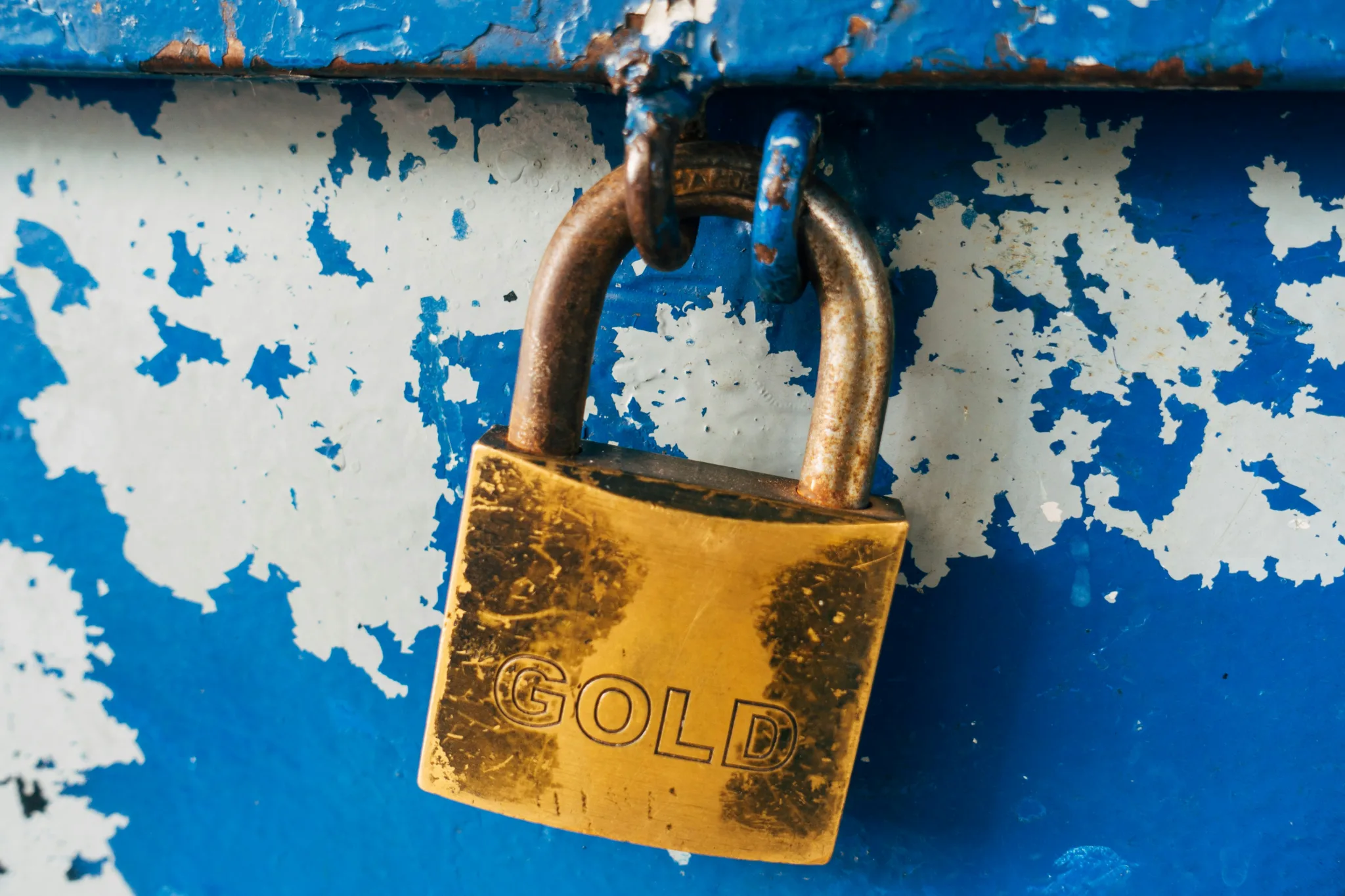
Consumer protection is evolving alongside technology and society. Several trends are shaping its future:
- Digital finance oversight: Regulators are adapting to fintech and crypto. Expect more rules on lending transparency, digital wallets, and stablecoins.
- Data rights: Privacy will become central, with consumers demanding control over personal information.
- Financial inclusion: Protection must extend to underserved populations using mobile banking and digital apps.
- Global coordination: With finance increasingly borderless, international cooperation on protection will grow.
The future will likely see a blend of stricter regulation, smarter technology, and higher consumer expectations.
Conclusion: Protection Is Everyone’s Business
Consumer protection in finance is not an abstract concept. It affects whether people can buy homes, save for retirement, or invest safely. It determines whether fintech innovations succeed or collapse under mistrust.
The question “who cares?” has a simple answer: everyone should. Regulators, institutions, and consumers all play a role. Protection is not just about compliance, it is about building systems that people can trust with their money and their future.
In the end, consumer protection in finance is not a burden but a foundation. Without it, markets falter, innovation backfires, and society pays the price. With it, finance can serve its true purpose: enabling prosperity for all.
